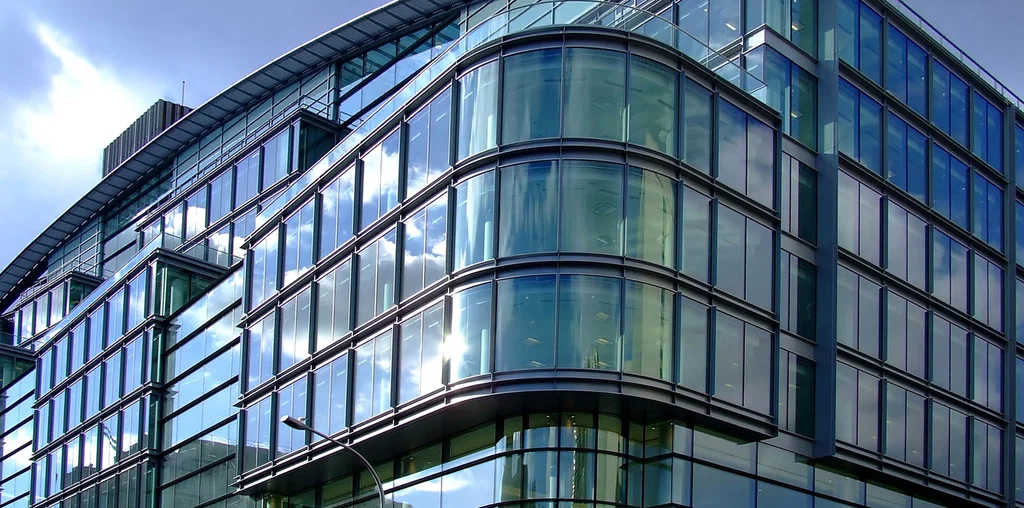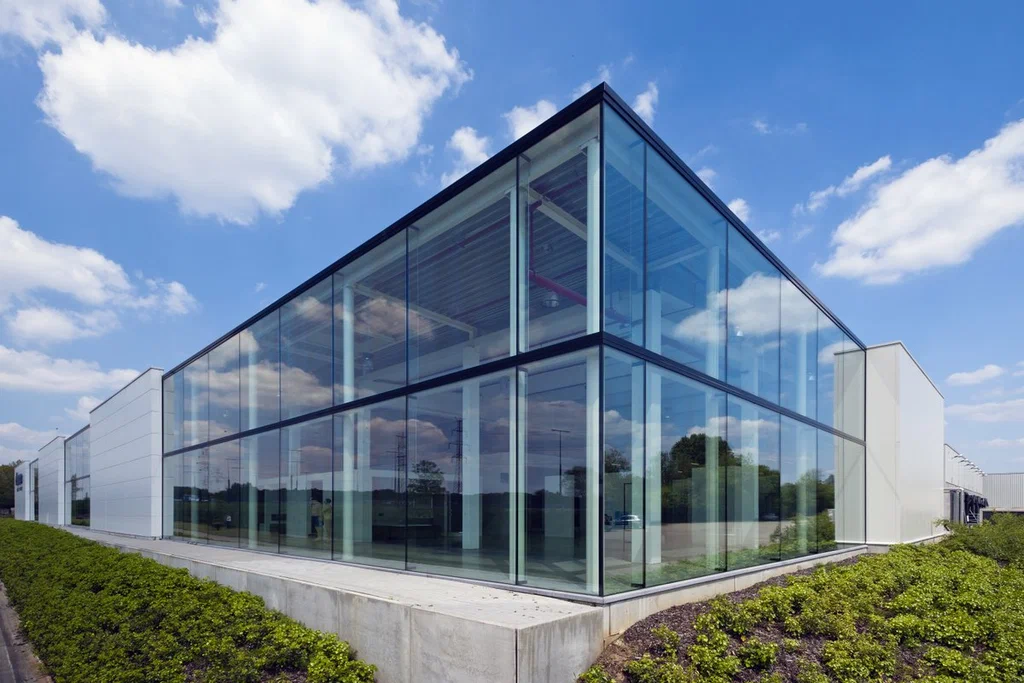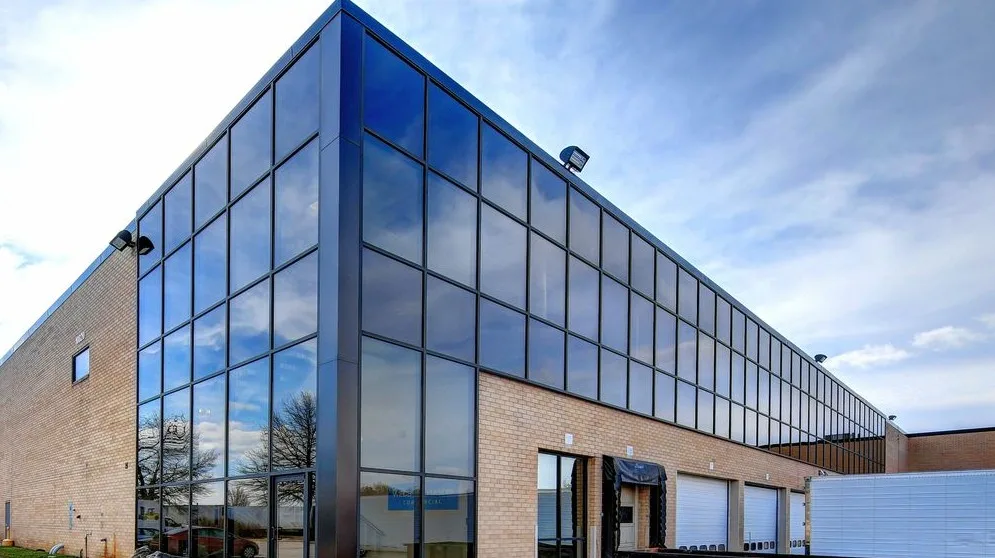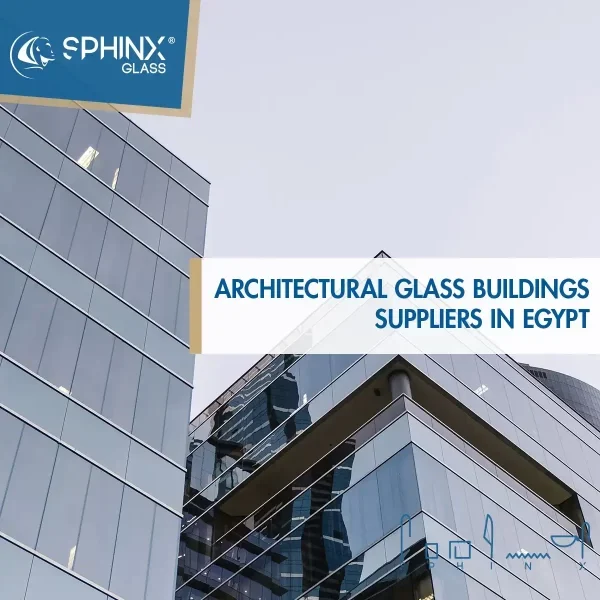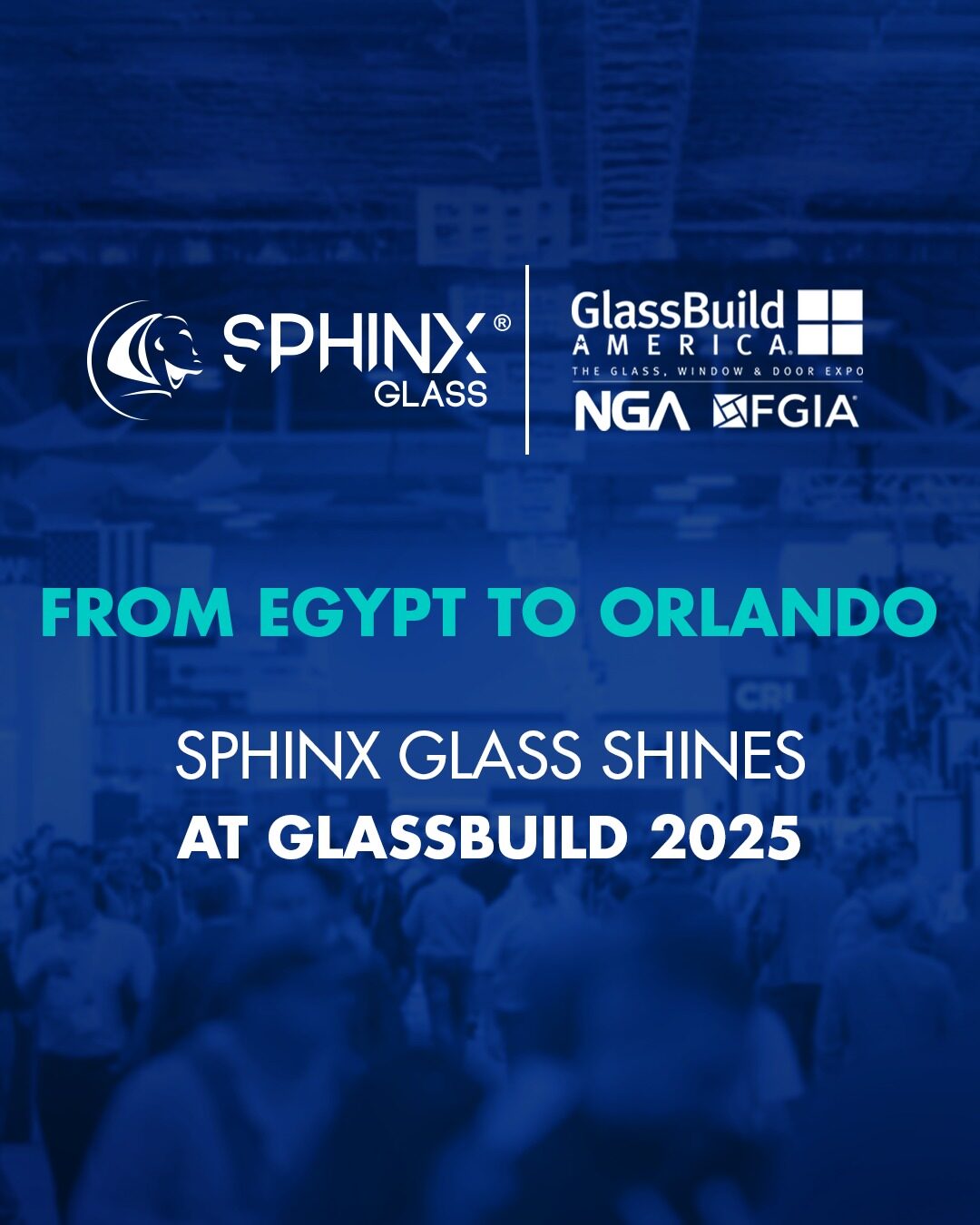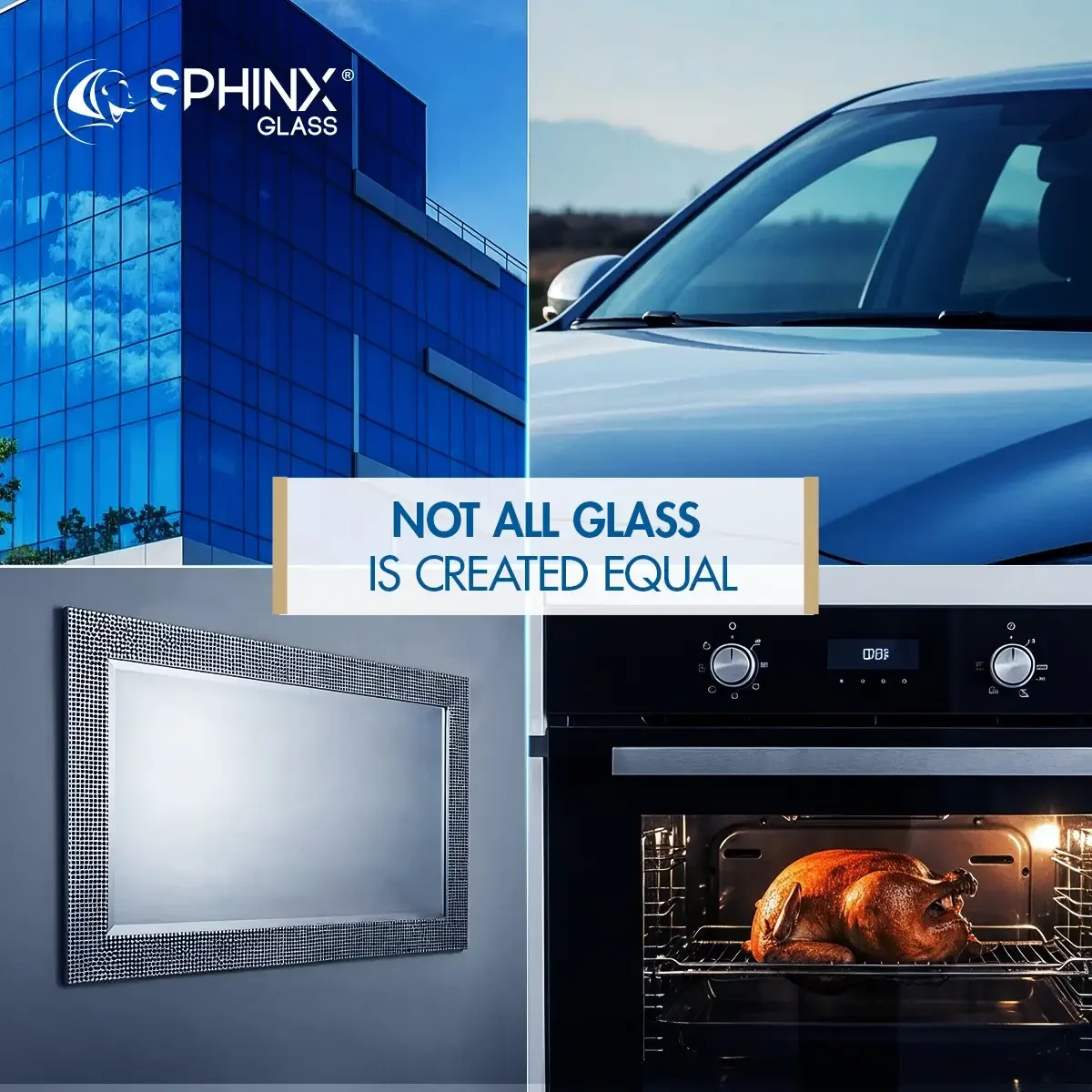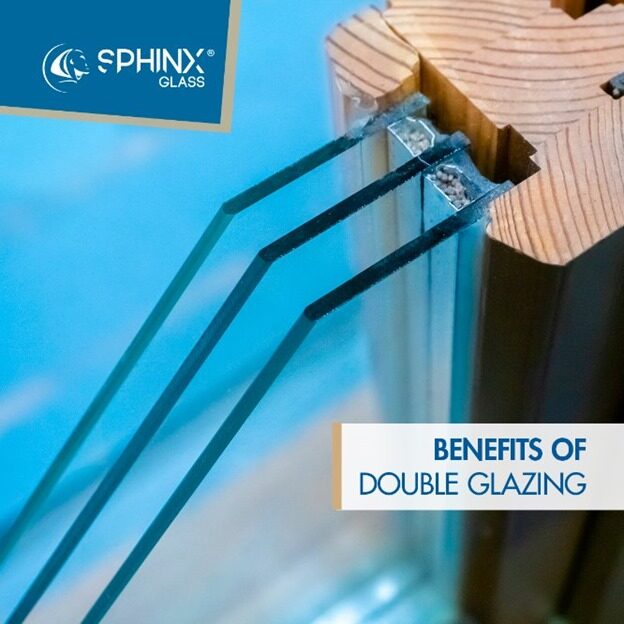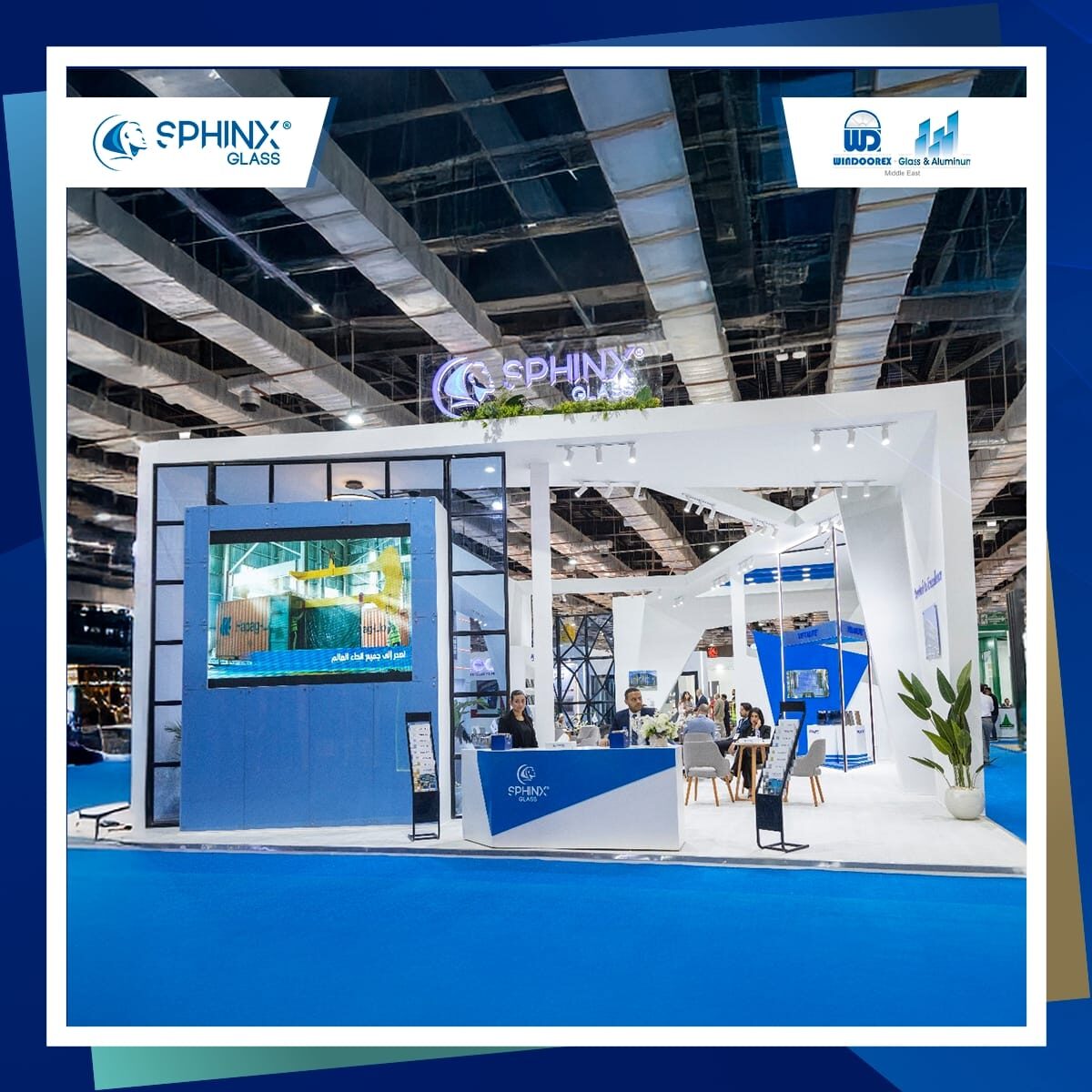Egypt’s architecture has been marked by a blend of ancient grandeur and modern innovation. A significant part of this innovation in contemporary times involves the use of architectural glass, transforming buildings with sleek, transparent, and reflective surfaces. Among the leading suppliers of architectural glass in Egypt, Sphinx Glass stands out for its commitment to quality and innovation. Leveraging Egypt’s abundant high-quality silica sands, Sphinx Glass produces a range of glass products that meet international standards and cater to diverse architectural needs.
History of Architectural Glass in Egypt
The history of glassmaking in Egypt dates back to the times of the pharaohs, who were among the first to experiment with glass. However, it was not until the 20th century that architectural glass began to gain prominence in Egypt. With the construction of modern high-rise buildings and the increasing demand for energy-efficient and aesthetically pleasing materials, architectural glass became a staple in Egyptian construction. Companies like Sphinx Glass have played a crucial role in this evolution, introducing advanced manufacturing techniques and a wide range of glass products suitable for various architectural applications.
Uses of Architectural Glass in Egypt
Architectural glass in Egypt is used in a multitude of applications, from the facades of commercial buildings to residential windows, curtain walls, and more. The versatility of glass allows architects to create visually stunning structures that offer both aesthetic appeal and functional benefits.
Curtain Walls
Curtain walls are a popular application of architectural glass, acting as non-structural, outer coverings of buildings that provide high natural daylight and thermal comfort. Sphinx Glass’s float glass is ideal for curtain walls due to its perfect flat and parallel surface, exceptional clarity, and light transmittance.
Skylights and Roofs
Skylights and glass roofs are other common uses of architectural glass, allowing natural light to penetrate deep into buildings, enhancing the indoor environment, and reducing the need for artificial lighting. The advanced optical properties of Sphinx Glass products ensure optimal light transmittance while maintaining energy efficiency.
Spandrels and Structural Glazing
Spandrels, which are opaque glass panels used to conceal structural components, and structural glazing, which involves large glass panels integrated into the building’s structure, are also significant applications. Sphinx Glass’s attention to detail in the annealing process ensures that their glass products are suitable for such high-precision applications.
How Architectural Glass is Manufactured?
The manufacturing process of architectural glass at Sphinx Glass involves several key stages, ensuring high quality and precision.
The Float Process
Sphinx Glass products are manufactured using the float process, which involves pouring molten glass over a bath of molten tin. This process gives the glass its perfectly flat and parallel surface. The glass flows over the tin surface, forming a smooth, floating ribbon with even thickness. This ribbon then passes through a cooling tunnel known as the annealing lehr, where the temperature is gradually lowered to remove any internal stresses in the glass sheet, making it workable for further processing.
Quality Control and Cutting
High dimensional accuracy is applied during the online cutting process to ensure that the glass sheets come out as perfect rectangles. Special attention is paid to the annealing process to ensure optimum post-processing results in tempering, double glazing, lamination, coating, and silvering stages. This meticulous attention to detail ensures that Sphinx Glass products meet the highest standards of quality and performance.
Sphinx Glass Manufacturing Architectural Glass
Sphinx Glass is a leader in the Egyptian glass manufacturing industry, known for its commitment to quality, innovation, and sustainability. The company’s use of high-quality silica sands from Egypt gives their glass products advanced optical properties, exceptional clarity, and light transmittance.
Trulite® Glass
One of the standout products from Sphinx Glass is Trulite® glass. Produced using the float process, Trulite® glass offers a perfectly flat and parallel surface. It is known for its appropriate optical properties, exceptional clarity, and light transmittance. Trulite® glass is ideal for a variety of architectural applications, including windows, curtain walls, and more, providing both aesthetic appeal and functional benefits.
Coated Glass Evaluation
When it comes to selecting and evaluating coated glass, Sphinx Glass recommends viewing samples in natural lighting conditions for the most accurate rendering of transmitted and reflected color. This involves using a black background to see the reflected color and a white background to see the transmitted color. Viewing samples under various lighting conditions, such as cloudy versus sunny, can provide a truer indication of how the glass will look once installed in a building.
Architectural Quality
Sphinx Glass products are renowned for their architectural quality. The float process ensures a perfectly flat and parallel surface, while the annealing process removes any internal stresses, making the glass suitable for a variety of post-processing stages. This results in glass with high dimensional accuracy, exceptional clarity, and light transmittance, making it ideal for architectural applications.
Properties of Architectural Glass
Architectural glass offers a range of properties that make it an ideal choice for modern buildings. These properties include:
Aesthetics
Architectural glass allows architects to create visually stunning facades by reflecting the surroundings or showcasing the interior of a building. The wide range of high-quality glass products available from Sphinx Glass enables architects to push the limits of what is possible in their projects, creating unique and eye-catching designs.
Environmental Stewardship
Sphinx Glass is committed to environmental stewardship. Their advanced glazing solutions can achieve high levels of energy performance, helping to reduce operational carbon emissions and contributing to more sustainable buildings. Sphinx Glass products can also help customers achieve environmental building certifications such as LEED® or BREEAM®.
Thermal Insulation
Thermal insulating architectural glass from Sphinx Glass helps maintain a comfortable indoor environment by reflecting heat back into the room, reducing the negative effects of cold outside temperatures. This makes it easier to maintain a consistent indoor temperature, regardless of external conditions.
Solar Control
Solar control architectural glass helps reduce the ‘greenhouse effect’ that occurs in summer, keeping indoor spaces brighter and cooler. It filters out uncomfortable glare from the sun, making interior spaces more pleasant and usable.
Conclusion
Sphinx Glass is a premier supplier of architectural glass in Egypt, offering a range of high-quality products that meet the diverse needs of modern architecture. Their commitment to quality, innovation, and sustainability sets them apart in the industry. With products like Trulite® glass and a focus on advanced manufacturing processes, Sphinx Glass continues to lead the way in providing glass solutions that enhance the aesthetic and functional aspects of buildings while meeting complex energy and performance requirements. For architects and builders looking to create stunning, energy-efficient buildings, Sphinx Glass is the go-to supplier in Egypt.
FAQs
-
What is architectural glass?
Architectural glass is a type of glass used in buildings and structures for aesthetic and functional purposes. It includes various types such as float glass, tempered glass, laminated glass, and coated glass. Architectural glass can be used for windows, curtain walls, skylights, and other structural elements.
-
What makes Sphinx Glass products unique?
Sphinx Glass products are known for their high-quality manufacturing process and use of premium silica sands from Egypt. This results in glass with exceptional clarity, advanced optical properties, and high light transmittance. The company’s meticulous attention to detail in the annealing process ensures optimal post-processing results.
-
What is the float process?
The float process is a method of glass manufacturing where molten glass is poured over a bath of molten tin. This process creates a perfectly flat and parallel glass surface. The glass then passes through an annealing lehr, where it is slowly cooled to remove internal stresses, making it suitable for further processing.
-
What is Trulite® glass?
Trulite® glass is a product by Sphinx Glass that is produced using the float process. It offers a perfectly flat and parallel surface, exceptional clarity, and high light transmittance. Trulite® glass is ideal for various architectural applications, including windows and curtain walls.
-
How is coated glass evaluated?
Coated glass is typically evaluated based on its reflected color, best viewed with a black background in natural lighting conditions. Viewing samples in different lighting conditions, such as cloudy versus sunny, provides a more accurate indication of the glass’s appearance once installed.
-
What are the benefits of architectural glass?
Architectural glass offers numerous benefits, including aesthetics, energy efficiency, thermal insulation, and solar control. It allows for the creation of visually stunning facades, helps maintain a comfortable indoor environment, and reduces energy consumption by reflecting heat and filtering out glare from the sun.
-
What types of architectural glass does Sphinx Glass offer?
Sphinx Glass offers a variety of architectural glass types, including float glass, tempered glass, laminated glass, and coated glass. Each type is designed to meet specific aesthetic and functional requirements, providing solutions for windows, curtain walls, skylights, and more.
-
How does architectural glass contribute to energy efficiency?
Architectural glass contributes to energy efficiency by reflecting solar energy and providing thermal insulation. Advanced glazing solutions can help reduce the need for artificial lighting and heating or cooling, leading to lower energy consumption and reduced operational carbon emissions.
-
Can Sphinx Glass products help achieve environmental building certifications?
Yes, Sphinx Glass products can help achieve environmental building certifications such as LEED® or BREEAM®. Their advanced glazing solutions meet high standards of energy performance and sustainability, contributing to more environmentally friendly buildings.
-
What are the common applications of architectural glass?
Architectural glass is used in a wide range of applications, including windows, curtain walls, roofs, skylights, and spandrels. It acts as a physical barrier between the inside and outside of a building, providing both aesthetic and functional benefits.



